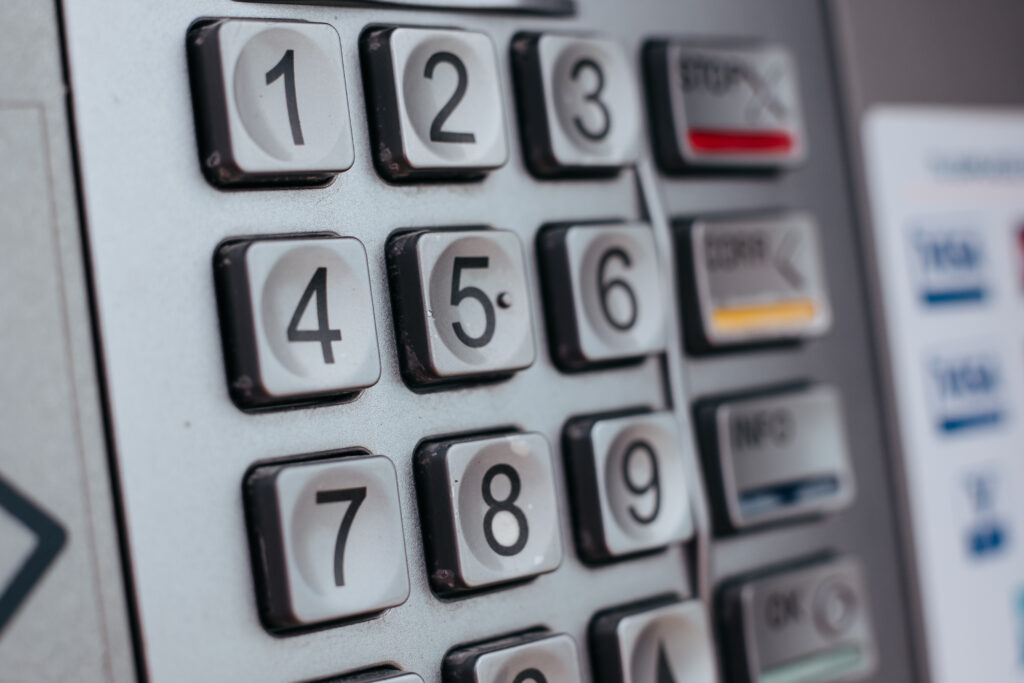How to Get a Loan with Bad Credit: Tips and Strategies
페이지 정보

본문
Having bad credit doesn't mean you are out of choices when you need a loan. There are a quantity of strategies and alternative lenders out there focusing on offering loans to individuals with less-than-perfect credit score scores. read this post here article will information you through the process of getting a mortgage with poor credit and essential concerns to maintain in mind.
Understanding Bad Credit Loans
Bad credit loans are particularly designed for individuals with poor credit scores or restricted credit historical past. These loans could include higher interest rates and fees in comparison with traditional loans because of the elevated threat to lenders. However, they could be a viable choice for obtaining financing when other avenues are unavailable.
Tips for Getting a Loan with Bad Credit:
1. Check Your Credit Report:
Start by acquiring a duplicate of your credit score report from main credit score bureaus (Equifax, TransUnion) to review your credit score history and establish any errors or discrepancies.
2. Consider Alternative Lenders:
Explore lenders that specialize in bad credit loans, together with online lenders, credit score unions, and peer-to-peer lending platforms. These lenders could have more versatile eligibility standards compared to conventional banks.
three. Provide Collateral or Co-Signer:
Offering collateral (such as a vehicle or property) or having a co-signer with good credit score can strengthen your loan application and enhance your probabilities of approval.
four. Demonstrate Stable Income:
Lenders need assurance that you've the means to repay the mortgage. Provide proof of stable revenue by way of pay stubs, tax returns, or bank statements.
5. Apply for Small Loan Amounts:
Consider applying for smaller mortgage quantities initially, as they could be simpler to qualify for with unfavorable credit ratings. Repaying a smaller mortgage successfully may help enhance your credit over time.
6. Build a Relationship with Lenders:
Establish a relationship with a neighborhood credit union or community bank by opening accounts and demonstrating responsible monetary habits. They could also be more willing to work with you based mostly on your historical past with them.
7. Explore Government Programs:
Inquire about government-backed mortgage applications that assist individuals with poor credit or low earnings, corresponding to Small Business Administration (SBA) loans or housing assistance applications.
Considerations Before Applying:
- Interest Rates and Fees: Be prepared for greater rates of interest and fees related to unfavorable credit ratings loans.
- Repayment Terms: Review and perceive the reimbursement schedule to make sure it matches inside your price range.
- Avoid Predatory Lenders: Beware of lenders providing guaranteed approval or asking for upfront fees, as they may be engaging in predatory lending practices.
Conclusion
 Getting a mortgage with unfavorable credit score ratings requires careful research, preparation, and consideration of your financial situation. By following the following tips and exploring alternative lending choices, you probably can improve your possibilities of obtaining a mortgage with unfavorable credit score ratings and work in the path of bettering your credit over time.
Getting a mortgage with unfavorable credit score ratings requires careful research, preparation, and consideration of your financial situation. By following the following tips and exploring alternative lending choices, you probably can improve your possibilities of obtaining a mortgage with unfavorable credit score ratings and work in the path of bettering your credit over time.
Understanding Bad Credit Loans
Bad credit loans are particularly designed for individuals with poor credit scores or restricted credit historical past. These loans could include higher interest rates and fees in comparison with traditional loans because of the elevated threat to lenders. However, they could be a viable choice for obtaining financing when other avenues are unavailable.
Tips for Getting a Loan with Bad Credit:
1. Check Your Credit Report:
Start by acquiring a duplicate of your credit score report from main credit score bureaus (Equifax, TransUnion) to review your credit score history and establish any errors or discrepancies.
2. Consider Alternative Lenders:
Explore lenders that specialize in bad credit loans, together with online lenders, credit score unions, and peer-to-peer lending platforms. These lenders could have more versatile eligibility standards compared to conventional banks.
three. Provide Collateral or Co-Signer:
Offering collateral (such as a vehicle or property) or having a co-signer with good credit score can strengthen your loan application and enhance your probabilities of approval.
four. Demonstrate Stable Income:
Lenders need assurance that you've the means to repay the mortgage. Provide proof of stable revenue by way of pay stubs, tax returns, or bank statements.
5. Apply for Small Loan Amounts:
Consider applying for smaller mortgage quantities initially, as they could be simpler to qualify for with unfavorable credit ratings. Repaying a smaller mortgage successfully may help enhance your credit over time.
6. Build a Relationship with Lenders:
Establish a relationship with a neighborhood credit union or community bank by opening accounts and demonstrating responsible monetary habits. They could also be more willing to work with you based mostly on your historical past with them.
7. Explore Government Programs:
Inquire about government-backed mortgage applications that assist individuals with poor credit or low earnings, corresponding to Small Business Administration (SBA) loans or housing assistance applications.
Considerations Before Applying:
- Interest Rates and Fees: Be prepared for greater rates of interest and fees related to unfavorable credit ratings loans.
- Repayment Terms: Review and perceive the reimbursement schedule to make sure it matches inside your price range.
- Avoid Predatory Lenders: Beware of lenders providing guaranteed approval or asking for upfront fees, as they may be engaging in predatory lending practices.
Conclusion
 Getting a mortgage with unfavorable credit score ratings requires careful research, preparation, and consideration of your financial situation. By following the following tips and exploring alternative lending choices, you probably can improve your possibilities of obtaining a mortgage with unfavorable credit score ratings and work in the path of bettering your credit over time.
Getting a mortgage with unfavorable credit score ratings requires careful research, preparation, and consideration of your financial situation. By following the following tips and exploring alternative lending choices, you probably can improve your possibilities of obtaining a mortgage with unfavorable credit score ratings and work in the path of bettering your credit over time.
- 이전글Super Golf Swing Improvement Made Easy 25.01.24
- 다음글A Productive Rant About Best Rollator Wheelchair Combo 25.01.24
댓글목록
등록된 댓글이 없습니다.

